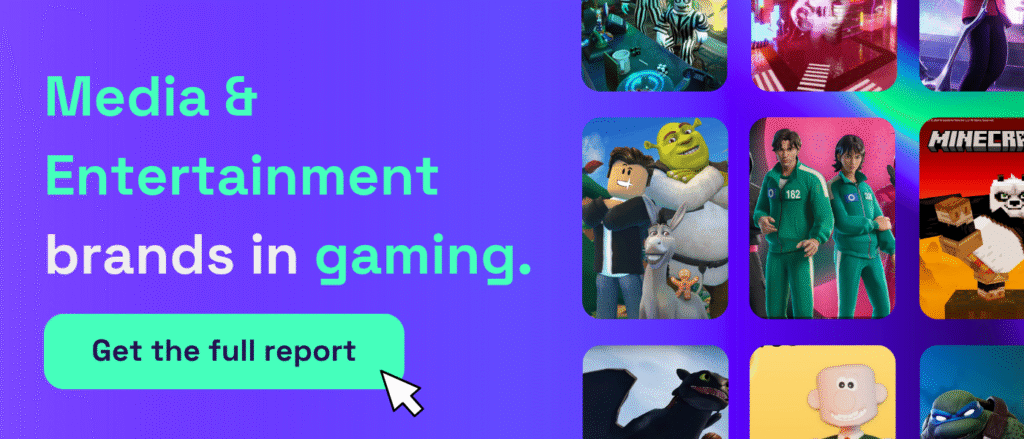Recent market activity indicates a strategic shift among large gaming companies toward centralizing UGC creator resources within their platforms. Two notable developments highlight this trend:
- Battlefield 6 is implementing a user-generated content mode powered by Godot.
- Grand Theft Auto has expanded staffing in its creator platform division, specifically targeting UGC creator acquisition and retention.
Why is this significant?
While both franchises historically supported modding communities through decentralized channels, these moves represent a transition toward managed creator ecosystems. Developers are recognizing user-generated content as a core mechanism for player acquisition and retention rather than a peripheral community perk.
Whether these initiatives will develop into full creator economies comparable to Roblox’s monetization model is yet to be determined. However, the resource allocation indicates developers have deemed centralized creator management as a strategic priority. This strategic shift can largely be attributed to Roblox’s explosive growth. The platform recently announced it surpassed 100 million daily active users in its latest investor earnings report.
So what does it mean today?
We’re seeing a shift that mirrors what happened with traditional social media. Just as YouTube, Instagram, and TikTok have battled to attract and retain top creators, virtual UGC platforms like Roblox, Fortnite, and Meta are now competing to win over the next generation of content creators: virtual world developers.
How are these platforms competing?
With more competitive creator economies. Platforms like Fortnite and Roblox are going head-to-head to attract top talent. Roblox still offers the most expansive opportunities for creators to grow their businesses. They recently expanded their monetization infrastructure, introducing additional revenue streams for platform developers under their new Creator Rewards initiative. This means creators can earn Robux by driving daily engagement and audience expansion.
These developments establish benchmarks that competing platforms must consider when structuring their own creator incentive programs.
Key takeaways
The consolidation of creator resources within gaming platforms represents a fundamental shift in how developers approach content creation. Developers are adapting their strategy to respond to the success of platforms like Roblox with full creator economies. It is also a signal that with more of them taking this model, we will see more virtual world creator economies being created and an intensification of the battle for recruiting and maintaining creators, similar to social media. This is great news for brands, as the expansion of these creator economies offers more partnership opportunities from mega to micro creators and a diversification of platforms they can integrate into.
